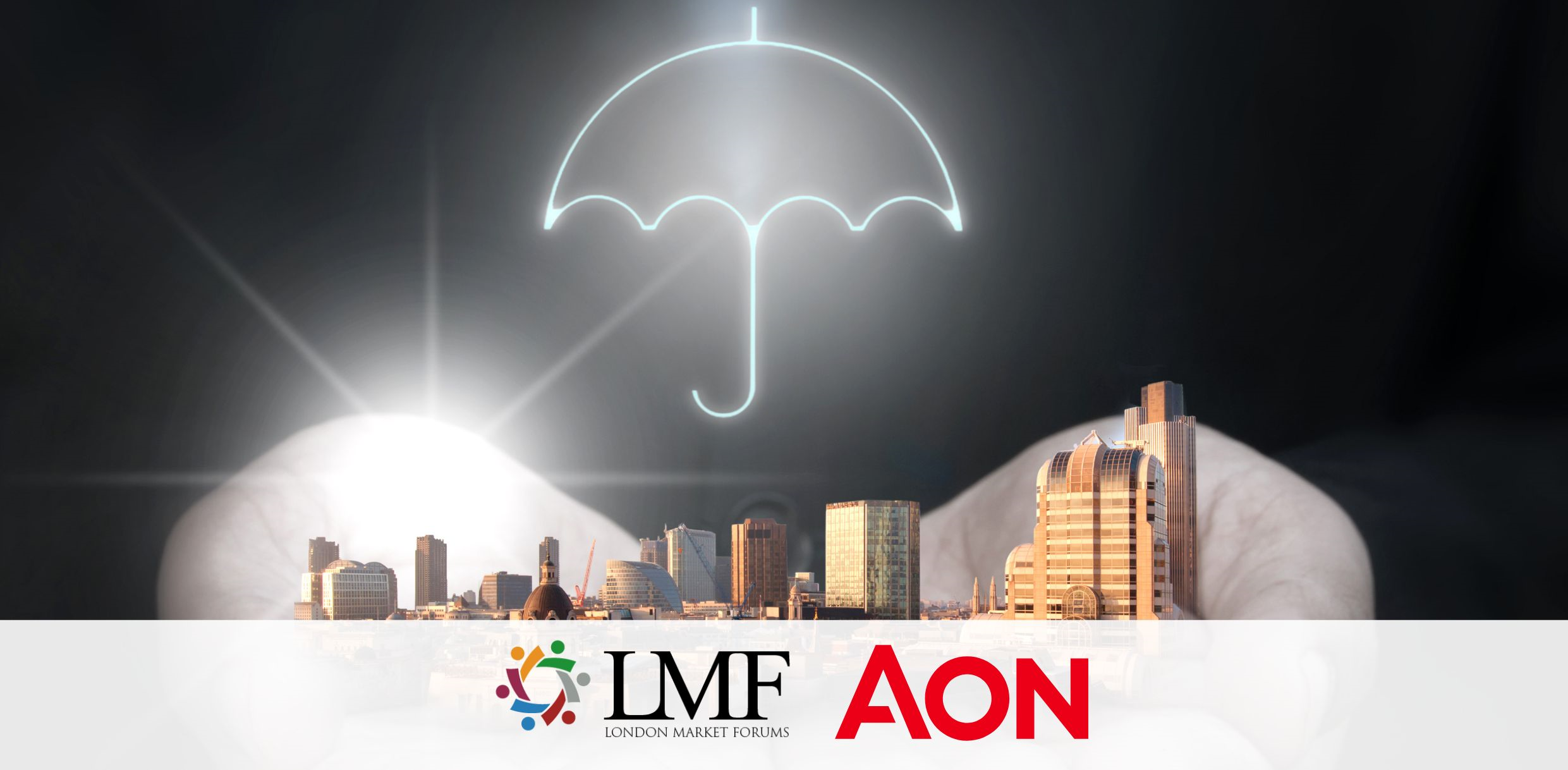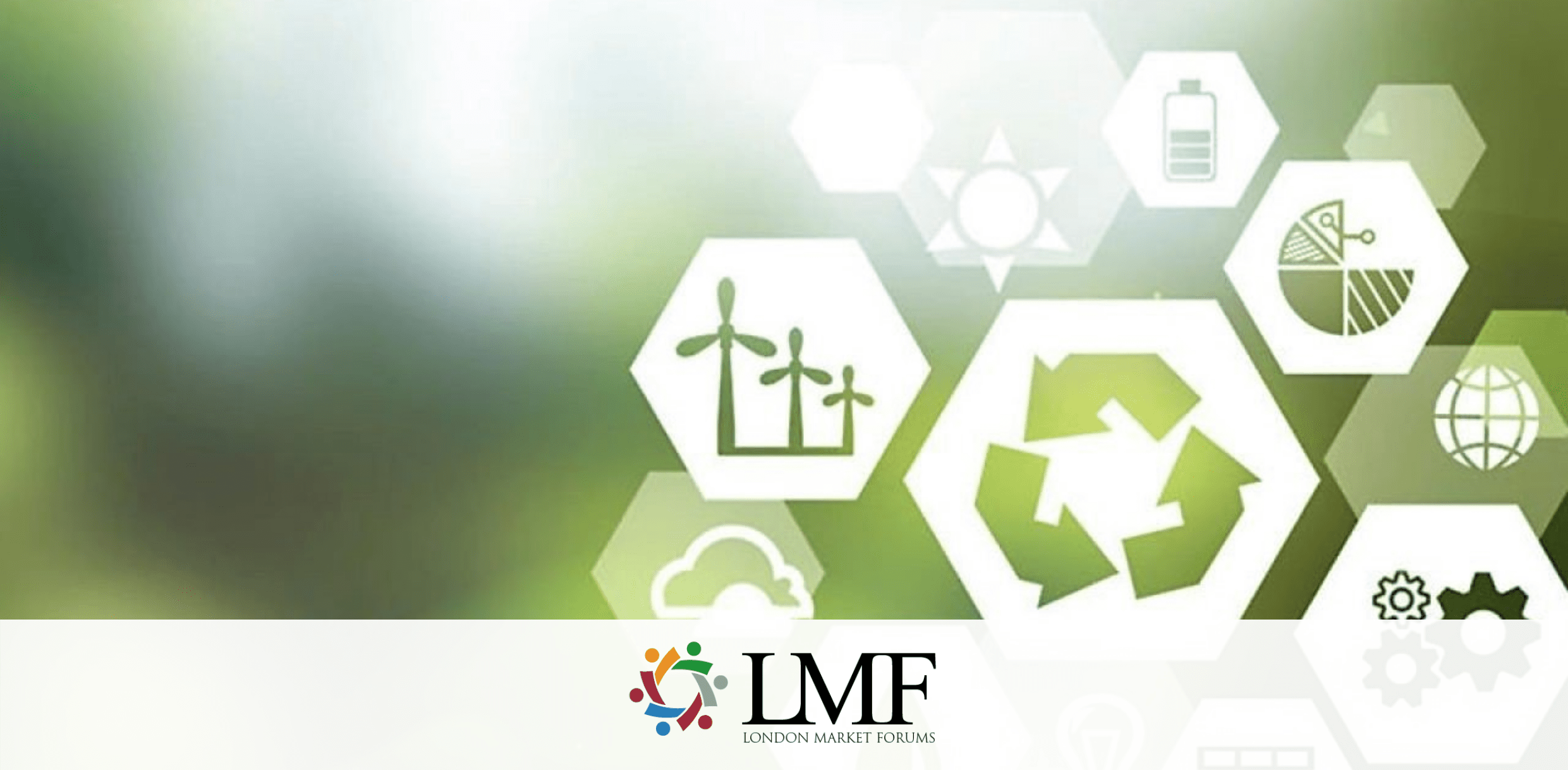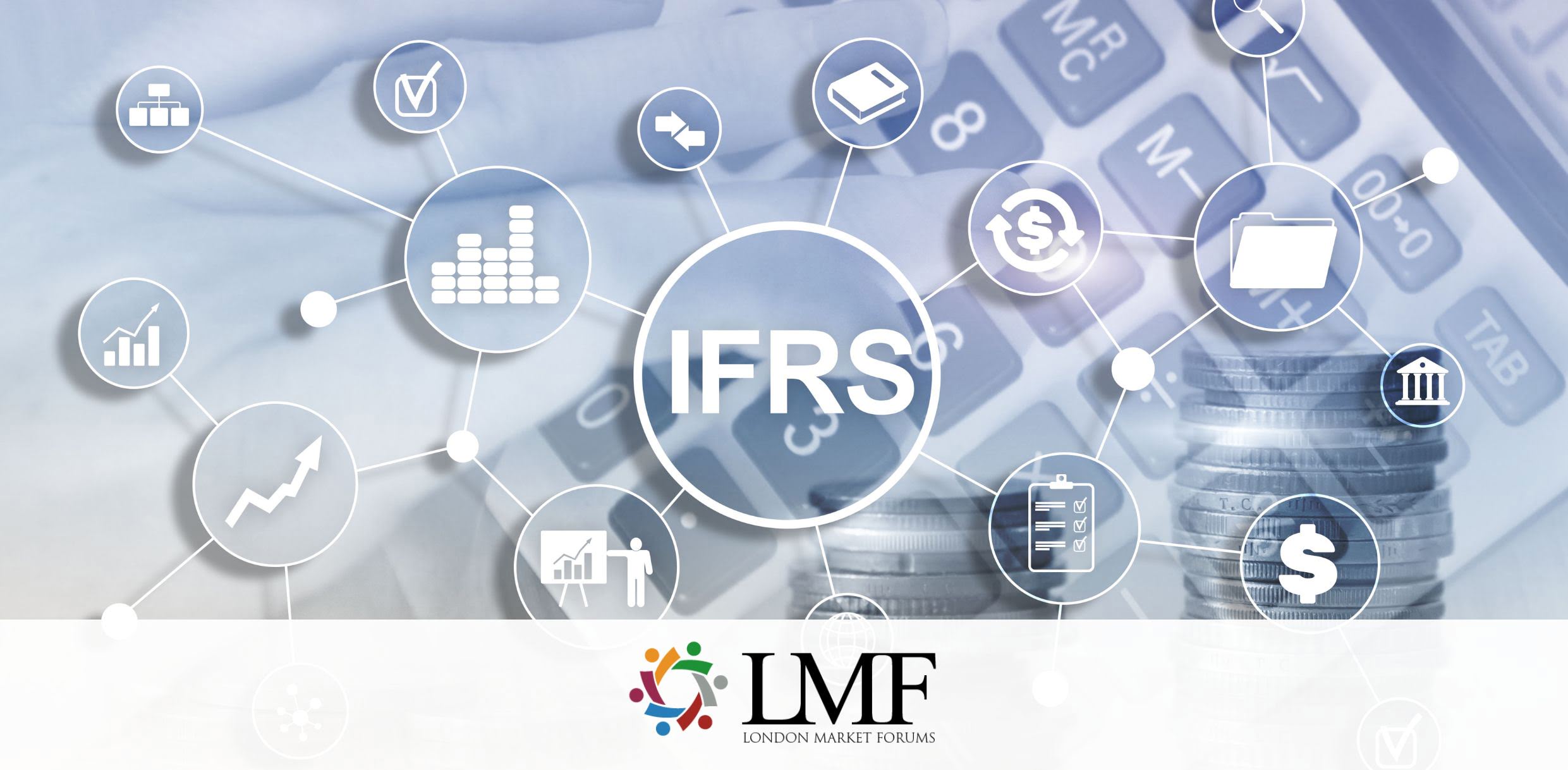The UK insurance industry is undergoing significant transformation driven by key trends. Companies are adapting to Solvency UK, aiming for better investment flexibility and solvency by 2024, while focusing on robust risk management. Technological advancements, particularly AI and digital tools, are enhancing efficiency and customer service, though data privacy and compliance remain challenges. Improving customer processes and fraud detection through data virtualization is also a priority. In a market that is undergoing significant consolidation, M&A activity, driven by the need for technology, market entry, and asset divestment, is expected to increase as conditions stabilise. Addressing cultural resistance and diversity issues through workforce changes, and a focus on sustainability and ESG, is essential. However, amidst these challenges, the significant dilemma faced is in navigating the complex world of mergers and acquisitions and its stringent demands on data access in real-time.
Mergers and acquisitions (M&A) involve complex processes requiring meticulous planning, thorough due diligence, and effective integration strategies. Success in M&A relies heavily on the seamless integration of data from multiple sources, ensuring compliance with regulatory standards, and making informed decisions based on comprehensive insights. Logical Data Management (LDM) is a pivotal technology that significantly enhances these processes. Here’s how LDM can drive success in M&A.

Understanding Logical Data Management In M&A
LDM allows users to access and manipulate data without knowing its physical location or format. It creates a virtual data layer, integrating data from various sources to provide a unified view for analysis and reporting. This capability is especially valuable in M&A scenarios, where rapid and efficient consolidation of vast amounts of data from disparate systems is essential. In particular, it helps with
-
Streamlining Due Diligence
- Provides real-time access to data without physically moving the data.
- Offers a unified view of financial, customer, and operational data for comprehensive analysis.
-
Enhancing Data Integration
- Seamlessly integrates data from different systems into a cohesive view.
- Reduces complexity and time for data migration by accessing data as if in a single repository.
-
Improving Decision Making
- Provides comprehensive insights through integrated data.
- Enables timely access to up-to-date information for quick and accurate decisions in handling claims and fraud
-
Ensuring Compliance and Security
- Supports robust data governance with centralised control over data access and policies.
- Ensures compliance with regulations like GDPR through data provenance and audit trails.
-
Enhancing Operational Efficiency
- Accelerates integration by allowing continued use of existing systems with a unified data view.
- Reduces costs associated with extensive data warehousing and physical consolidation.
-
Supporting Cultural Integration
- Promotes data democratisation for easy data access across the merged organisation.
- Supports a culture of data-driven decision-making and collaboration to bridge cultural differences between the merged organisations.

A Closer Look At Regulatory Compliance in Mergers & Acquisitions In The Insurance Industry
M&A activities are subject to numerous regulatory requirements and compliance standards, including antitrust laws, securities laws, tax compliance, employment and labour laws, environmental regulations, and data protection laws which present unique challenges that can be effectively managed with LDM.
Streamlining Compliance Audits
Due diligence and compliance audits require thorough investigation of the target company’s data. LDM simplifies this by:
- Providing a single, integrated view of data from multiple sources for comprehensive analysis.
- Allowing real-time access to up-to-date information for accurate and timely compliance assessments.
- Enhancing data governance and security by providing centralised control over data access, usage, and security policies and maintaining detailed audit trails.
- Simplifying regulatory reporting by automating the generation of regulatory reports from a unified data source, ensuring consistency in metrics and KPIs across reports and supporting cross-border compliance in multiple jurisdictions by integrating data from different geographical locations into a single view for compliance with international regulations. It also helps adapt data management practices to meet local regulatory requirements.
Best Practices for Implementing LDM in M&A
In concluding I would like to leave you with a 5 point plan for implementing LDM in Insurance:
- Conduct a Data Inventory: Identify critical data sets, their locations, and formats before implementing LDM.
- Choose the Right LDM Platform: Select a platform that meets specific needs, considering scalability, integration ease, and security features.
- Ensure Data Quality: Implement data validation processes to maintain accuracy and consistency.
- Establish Strong Data Governance: Develop robust policies for managing data access, usage, and security.
- Foster a Collaborative Culture: Promote collaboration and data sharing across the organisation, encouraging data-driven decision-making.

Errol Rodericks is a highly experienced Product & Solutions Marketing and Sales Enablement Specialist. With decades of expertise, Errol has consistently driven business growth and technological innovation through his extensive technical knowledge and business acumen across various industries.
As Global Solutions Director for Vertical Industries and Director of Product Marketing for EMEA & LATAM at Denodo, Errol oversees marketing content and thought leadership, emphasising business outcomes and value propositions.
Errol holds an MSc in Digital Systems from the University of Wales, Cardiff, and a BSc (Hons) in Electronics & Communications Engineering from the University of North London. He is dedicated to his family and community, actively participating in philanthropic activities supporting education, technology, sports, and music.
.png)






.png)








